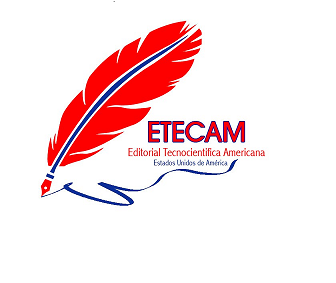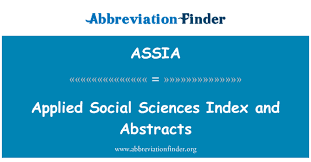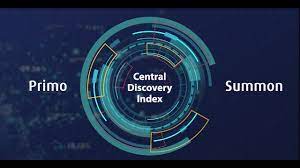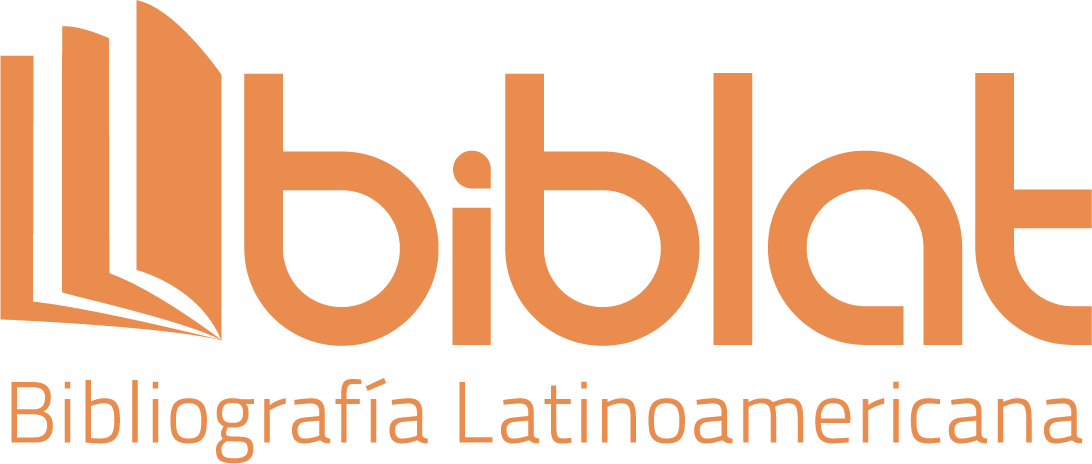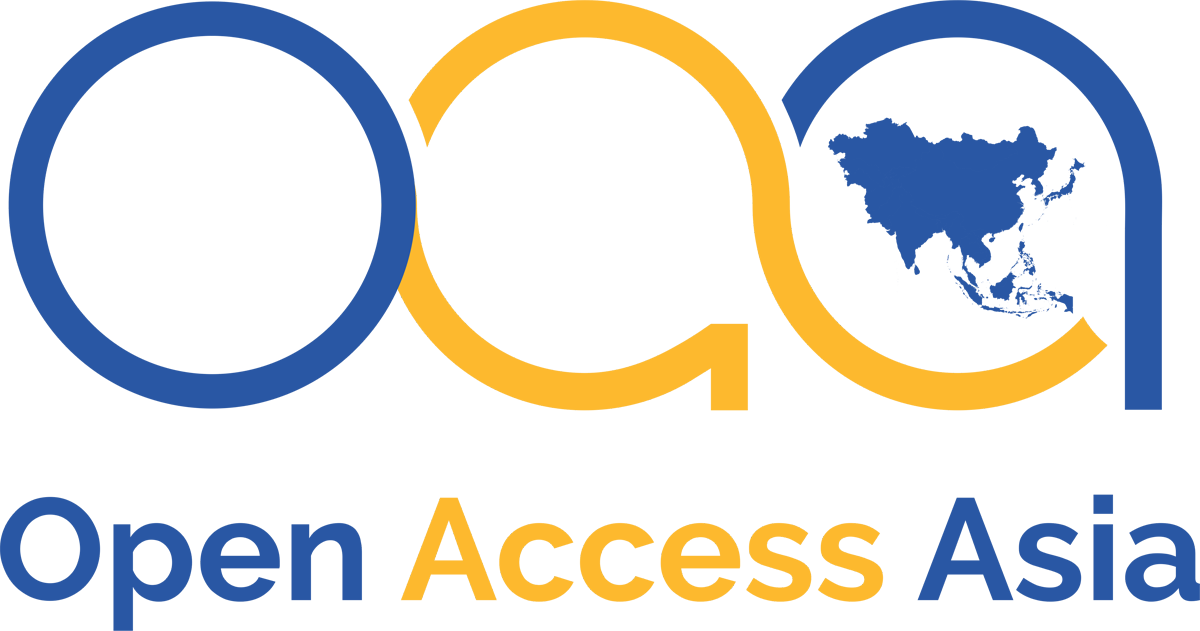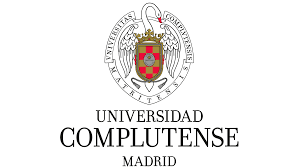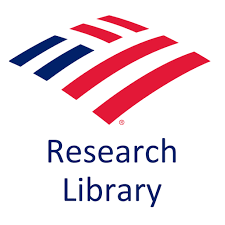Rhythm therapy to improve gait and balance in the older adult
DOI:
https://doi.org/10.51736/sa.v7iEspecial%205.400Keywords:
older adults, active aging, balance and gaitAbstract
Aging is a natural process that undergoes changes as age advances, to adapt to different life situations, where aspects such as physical and mental functions, independence, and quality of life of the older adult are affected. This progressive deterioration may depend on lifestyle, environmental and social factors; For this reason, they are considered the most vulnerable population since the deterioration not only has health implications but also social and economic ones; causing a greater risk for elderly people to suffer from degenerative and chronic diseases. The research has a quantitative approach and is quasi-experimental since it will be evaluated at the beginning and end of the intervention using scales. In addition, it was applied to the older adult population; 20 people aged 65 and older who met the inclusion and exclusion criteria participated. Participants underwent 12 45-minute sessions once a week of exercise combined with music. The post-intervention results indicate that in balance and movement, 85% of the population decreased the risk of falling, where 50% are between 65-75 years old.
Downloads
References
Alsubaie, S. F., Alkathiry, A. A., Abdelbasset, W. K, & Nambi, G. (2020). The Physical Activity Type Most Related to Cognitive Function and Quality of Life. Biomed Res Int., 2(5), 1-23.
Aranco, N., Stampini, M., Ibarrarán, P., & Medellín, N. (2018). Panorama de envejecimiento y dependencia en América Latina y el Caribe. Banco Interamericano de Desarrollo.
Bracco, L., Pinto-Carral, A., Hillaert, L., Mourey, F. (2023). Tango-therapy vs physical exercise in older people with dementia; a randomized controlled trial. BMC Geriatr, 23(1), 1-16.
Chalapud-Narváez, L. M., & Molano-Tobar, N. J. (2023). Programa de ejercicios propioceptivos para la prevención de caídas en el adulto mayor. Retos, 48, 413–9.
Ghai, S., Ghai, I., & Effenberg, A. O. (2018). Effect of rhythmic auditory cueing on aging gait: A systematic review and meta-analysis. Aging Dis, 9(5), 901–23.
Kim, S. J., & Yoo, G. E. (2020). Rhythm-Motor dual task intervention for fall prevention in healthy older adults. Front Psychol, 10(6), 1–8.
Ministerio de Inclusión Económica y Social. (2019). Dirección Población Adulta Mayor. https://www.inclusion.gob.ec/direccion-poblacion-adulta-mayor/
Porcel-Gálvez, A. M., Badanta, B., Barrientos-Trigo, S., & Lima-Serrano, M. (2021). Elderly people, dependency and vulnerability in the coronavirus pandemic: an emergency for a social and health integration. Enferm Clin, 31(2), 18–23.
United Nations. (2019). World population prospects. Highlights.
Tait, J. L., Duckham, R. L., Milte, C. M., Main, L. C., & Daly R. M. (2021). Influence of Sequential vs. Simultaneous Dual-Task Exercise Training on Cognitive Function in Older Adults. Frontiers in aging neuroscience, 9(368), 1–15.
Published
How to Cite
Issue
Section
License
Copyright (c) 2024 Josselyn Gabriela Bonilla Ayala, Susana Alejandra Toapanta Caiza

This work is licensed under a Creative Commons Attribution-NonCommercial-ShareAlike 3.0 Unported License.













